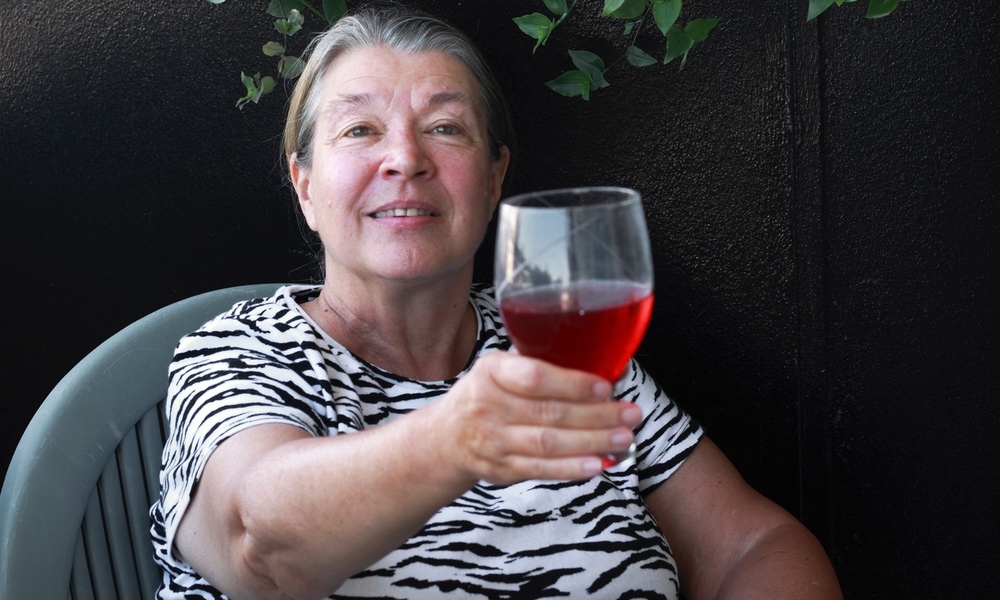How a nation deals with its problems says a lot about its character. And few people on either side of the political spectrum would deny that the United States has a problem with mass shootings. It's only been two months since the deadliest mass shooting in U.S. history left 58 dead and hundreds more wounded at a Las Vegas music festival, and it's hardly an isolated incident.
Australia once had a problem with mass shootings. It's choice — to make sweeping changes to its gun laws — has meant that it hasn't had a mass shooting since 1996.
The response to mass shooting in the United States has been different. After the 2012 shooting at Sandy Hook Elementary School in Newtown, some people, led by parents of the victims, pressed for stronger gun control legislation. Others stocked up on guns, concerned that obtaining a gun would be more difficult, because they believed owning a gun would enable them to prevent another attack.Accidental firearm deaths rose by 64 percent among children in the four months after the Newtown shootings. The increases were concentrated in states with the largest per-person gun sales.
In the four months following the Newtown shooting, which left 26 dead, an additional three million guns were sold compared to pre-Newtown sales figures. And in the same four months, accidental firearm deaths also rose — by 27 percent overall, and by 64 percent among children. The increases were concentrated in states with the largest per-person gun sales.
Buying more guns doesn't seem to have been the answer to the problem. It certainly didn't prevent the Las Vegas shootings. And according to this study, which is freely available, it seems to have led to more violence, at least as far as accidental gun deaths are concerned.
Two ways to help make gun law research more meaningful are to compare trends in states that have passed gun laws to trends in states that haven't passed them and also to examine these trends over a long period of time, to minimize the effect of any temporary spikes or lulls in violence.More lenient restrictions set the stage for a four-decade social experiment on the effects of allowing more people to carry concealed handguns.
One recent study took advantage of both these methods in its analysis of the effects of concealed carry laws, laws that allow people to carry concealed handguns in public.
In the mid-1970s, every state but five had banned this practice or required a special permit from law enforcement to allow concealed carry. By 2014, these restrictions had eased with only eight states and the District of Columbia holding firm against the trend, essentially setting the stage for a four-decade social experiment on the effects of allowing more people to carry concealed handguns.
Taken together, the findings strongly suggest that when fewer people carry guns, there is a lot less gun violence. The science appears to be clear, yet because there are many who profit from higher gun sales, gun laws remain lax.





